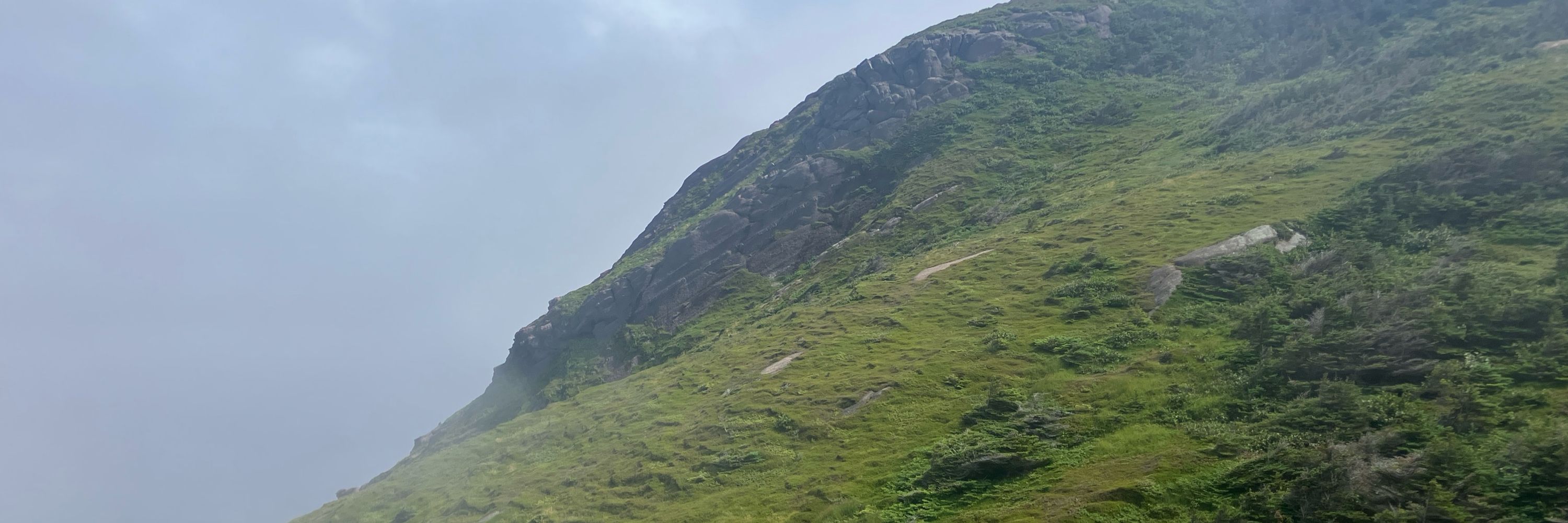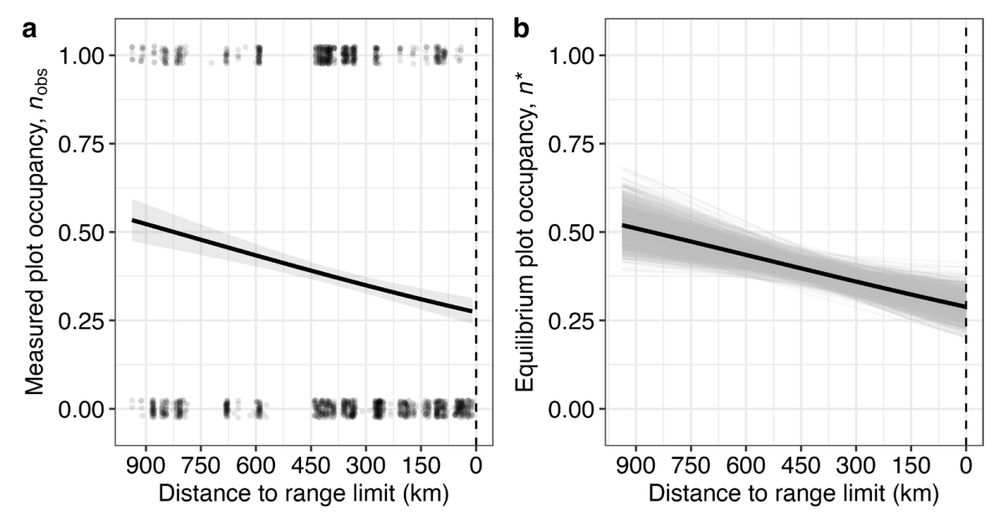
Graydon Gillies
@graydongillies.bsky.social
PhD student at MUNL in St. John’s, Newfoundland. Interested in plants, range limits, species distributions, & biogeography 🌱🏳️🌈
Thanks Tess!!! :)
November 3, 2025 at 1:46 PM
Thanks Tess!!! :)
Huge shout-out to the co-lead on this project Rishona @rishonavemulapalli.bsky.social! This work arose from her undergraduate honours research work, and she was pivotal to the survey design, data collection, analysis, and writing. 🌱🐛 super proud of her and our team!
November 3, 2025 at 11:34 AM
Huge shout-out to the co-lead on this project Rishona @rishonavemulapalli.bsky.social! This work arose from her undergraduate honours research work, and she was pivotal to the survey design, data collection, analysis, and writing. 🌱🐛 super proud of her and our team!
Taken at face value, our results point to the importance of ecological gardening. Gardening appears to be an effective form of habitat provisioning (for at least some species, including the monarch butterfly) that ought to be considered in urban areas.
November 3, 2025 at 11:34 AM
Taken at face value, our results point to the importance of ecological gardening. Gardening appears to be an effective form of habitat provisioning (for at least some species, including the monarch butterfly) that ought to be considered in urban areas.
Surprisingly, we found no negative effect of urbanization on the occupancy of milkweed patches for any of the herbivores. Instead, many of them became more common with urbanization - and high-quality garden habitat seemed largely responsible for this increasing occupancy.
November 3, 2025 at 11:34 AM
Surprisingly, we found no negative effect of urbanization on the occupancy of milkweed patches for any of the herbivores. Instead, many of them became more common with urbanization - and high-quality garden habitat seemed largely responsible for this increasing occupancy.
Great to meet you too, looking forward to chatting more! Safe travels back!
August 15, 2025 at 4:04 PM
Great to meet you too, looking forward to chatting more! Safe travels back!
Congrats Jalene!! 🌲
August 15, 2025 at 12:56 PM
Congrats Jalene!! 🌲
Thanks Takuji! 🍃
May 14, 2025 at 1:50 AM
Thanks Takuji! 🍃
In all, this suggests that variation in patch dynamics (particularly inter-patch dispersal/establishment) may be responsible for dwindling occupancy towards the range limit, supporting the metapopulation hypothesis in this system.
If you've made it to the end, here's some bonus dune pics: (9/9)
If you've made it to the end, here's some bonus dune pics: (9/9)




May 6, 2025 at 12:31 PM
In all, this suggests that variation in patch dynamics (particularly inter-patch dispersal/establishment) may be responsible for dwindling occupancy towards the range limit, supporting the metapopulation hypothesis in this system.
If you've made it to the end, here's some bonus dune pics: (9/9)
If you've made it to the end, here's some bonus dune pics: (9/9)
Lastly, we found measured occupancy of plots declined towards the range limit - as we would expect (left). Further, this decline in occupancy is closely matched by the decline predicted by incorporating our estimated rates of colonization and extinction into a metapopulation model (right). (8/9)

May 6, 2025 at 12:31 PM
Lastly, we found measured occupancy of plots declined towards the range limit - as we would expect (left). Further, this decline in occupancy is closely matched by the decline predicted by incorporating our estimated rates of colonization and extinction into a metapopulation model (right). (8/9)
Interestingly, each of these variables (suitable plot area, local abundance, and initial plot abundance) each exhibited variation towards the range limit in a manner that is consistent with declining colonization rates/increasing extinction rates. (7/9)
May 6, 2025 at 12:31 PM
Interestingly, each of these variables (suitable plot area, local abundance, and initial plot abundance) each exhibited variation towards the range limit in a manner that is consistent with declining colonization rates/increasing extinction rates. (7/9)
Extinction, however, was more likely when there was little suitable habitat at the plot and when the initial plot abundance was smaller (in other words, smaller subpopulations were more likely to go extinct). (6/9)
May 6, 2025 at 12:31 PM
Extinction, however, was more likely when there was little suitable habitat at the plot and when the initial plot abundance was smaller (in other words, smaller subpopulations were more likely to go extinct). (6/9)
Second, we found the likelihood of colonization and extinction were predicted by habitat and population structure. Colonization was greater at plots with more suitable habitat and that had greater local abundance (i.e., abundance of nearby plots), possibly due to higher propagule pressure. (5/9)

May 6, 2025 at 12:31 PM
Second, we found the likelihood of colonization and extinction were predicted by habitat and population structure. Colonization was greater at plots with more suitable habitat and that had greater local abundance (i.e., abundance of nearby plots), possibly due to higher propagule pressure. (5/9)

